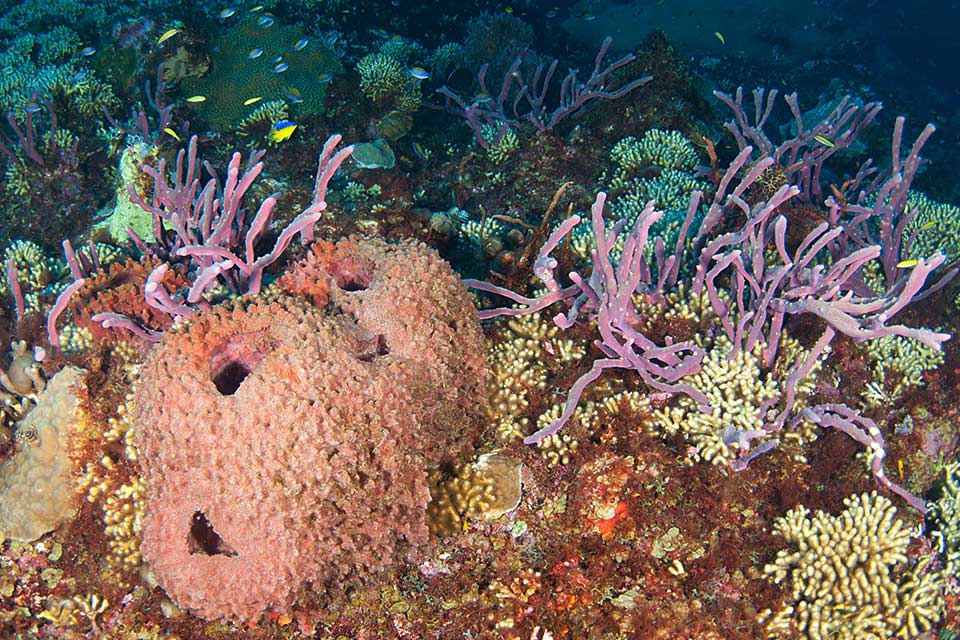Sickness spreads beneath the surface of Russia's Lake Baikal in southern Siberia.
疾病在西伯利亚南部的俄罗斯贝加尔湖表面下传播。
For five years and counting, scientists study the source of a disease spreading throughout the sponge population at the bottom of the lake.
五年来,科学家们一直在研究一种疾病的源头,这种疾病在湖底的海绵种群中传播。
We monitor how many sponges there are in the sponge coverage of the bed.
我们监测湖底部的海绵覆盖物中有多少海绵。
We see how many are diseased, collect samples and analyze what makes them sick.
我们看到有多少海绵患病,收集样本并分析是什么原因造成的。
Olga Maykova is a researcher at the Limnological Institute, Siberian Branch of the Russian Academy of Sciences.
奥尔加·梅科娃是俄罗斯科学院西伯利亚分院,湖沼研究所的研究员。
She studies what makes sponges sick and traces pathogens to the source.
她研究海绵生病的原因,并追踪病原体的来源。
We see that in places with higher human impact, the situation with diseased sponges is significantly worse.
我们看到,在人类影响较大的地方,有病海绵的情况明显更糟。
I already consider it to be a local ecological catastrophe because the diversity of sponges there has been lost,
我已经认为这是一场当地的生态灾难,因为那里海绵的多样性已经丧失,

the number of them has fallen catastrophically and everything there is covered in a layer of slime, dying organic matter.
它们的数量已经灾难性地下降,那里的一切都被一层粘液所覆盖,即将死亡的有机物。
There is no chance for the eco-system to recover in the near future.
生态系统在不久的将来没有恢复的机会。
Researchers say that even a relatively small sponge of five centimeters can filter as much as 20 liters of water.
研究人员说,即使是5厘米的相对较小的海绵,也能过滤多达20升的水。
A lake bed full of sponges can help lessen the impact human visitors leave behind.
湖床上满是海绵可以帮助减轻人类游客留下的影响。
This place should be temporarily closed to tourists. Nature can heal itself quickly, but it needs time to be left alone for a while.
这个地方应该暂时不对游客开放。大自然可以很快治愈自己,但它需要时间独处一段时间。
That may be a challenge. People want to experience Siberia's Lake Baikal.
这可能是一个挑战。人们想体验西伯利亚的贝加尔湖。
It is the world's largest freshwater lake in the deepest lake on earth. It contains more than 20% of the world's unfrozen freshwater.
它是世界上最大的淡水湖,位于地球最深的湖泊中,它含有世界上20%以上的未冻结淡水。
Arash Arabasadi, VOA news, Washington


